

The Galactic Empire | The Sith Order | The Imperial Military
The Rebel Alliance | The Alliance Forces | The Galactic Civil War


The Galactic Empire was a centralized and authoritarian interstellar political order which was thinly veiled as a constitutional monarchy while being
in fact a fascist, military dictatorship. The Empire held direct authority over all organized sectors of the known galaxy, and claimed jurisdiction
over the entire galaxy. The Empire was formed out of the ancient Galactic Republic in 7958 (19 BBY), during the events of Episode III, and
combined the existing structure of that state with the goals, methods, and principles of the Sith empires of old. The Empire ruled the galaxy for
24 years, until its formal dissolution in 7982 (5 ABY), although its actual control over the galaxy during its last year was tenuous. The Empire
was at that point no longer galactic, however it was succeeded by several remnant states of varying size which claimed its jurisdictional authority.
The Empire at its greatest extent exercized direct rule over all politically significant worlds within its reach, including all the over 24,000 worlds
which had been considered members of the Republic. The Empire also held a varying degree of sovereignty over millions of smaller or uninhabited
worlds within its reach, however in practice this authority only existed when Imperial forces were present to enforce it.
CIVILIZATION
The interstellar civilization of the Empire was an extension of that of the Core, and its Human-dominated civilization based around the city planet
of Coruscant, believed to be the ancient homeworld of the Humans. The civilization of the Empire was a direct continuation of Republic-era
culture and society in the galaxy, only now being actively transformed by the political leadership's targeted efforts. As in the Republic, Imperial
civilization was a political extension of the culture, economic influence, and priorities of the heavily populated Core, and those races which had
been part of interstellar civilization since the early eras of Human colonization. The Empire was not officially racist for the sake of managing its
subject populations, however it was enthusiastically Human-centric and pushed policies and rhetoric which encouraged the bigoted, racist, and
colonial attitudes which had persisted as an undercurrent in Republic society. The Empire also used racism and anti-primitivism as justification or
motivation for many of its power-serving policies. Due to its ultra-nationalist and fascist principles, the Imperial culture placed value on the state
over the individual, and took a dim view of regional or planetary sovereignty. The Empire sought to take the variegated cultural, economic, and
political components which made up galactic civilization, and forge them into a single, all-encompassing identity. Like any civilization, the Empire's
many worlds were united by language, commerce, currency, communication systems, record keeping, and historical memory. Most of these
aspects of civilization continued on much as they had been under the Republic, with slight modifications to suit the fascist philosophy of the Sith.
Commerce was a major exception, as was historical memory, which the Empire actively worked to erase or reframe to suit the New Order.
Language
The people of the Empire used an unknown multitude of unique languages, however the most commonly used language is called Basic, which
is of course in reality English or which ever language you are watching it in. Basic is a trade language developed near the birth of the Republic,
which is primarily the old Human language Coruscanti, with words from numerous other languages, including the language of the Duros and
other prominent species in the Inner Core. Other languages were regionally important, such as Bocce, which is also a language of trade, or
Huttese, which is widely used by non-Hutts. While several other alphabets have been seen, especially those used to write languages other
than Basic, the most widely used alphabet was Aurebesh, named for its first two letters. It is believed to be a derivation of the script used by
the Rakatan Infinite Empire, a significant pre-Republic empire which held some important regions of the Core.

Interstellar Commerce
Interstellar trade and commerce was the lifeblood of the Empire, and was the primary source of the Empire's stability and power. The daily
volume of interstellar trade in the Empire was astronomical, due to the needs of the galaxy's massive population, and the incredible number
of industrial and commercial activities of all sizes in the galaxy which must source materials off-world. The complex network of producers,
exporters, transporters, importers, and distributors which had organically developed under the Republic had been significantly disrupted
during the Clone Wars. These networks were gradually altered and reconstituted during that conflict to attempt to meet the supply needs
of the galaxy, however the ideological Sith leaders of both sides, and their wealthy and influential allies, intentionally steered this process
towards monopolies and state-affiliated entities. The large economic powers which had coalesced over decades or centuries, in part with Sith
assistance, were encouraged by greed to place themselves in a position to be absorbed by the state for treason. At the same time, the 'loyal'
economic powers had been made increasingly intertwined with the state to such a degree that they were incapable of asserting any degree
of independence once the Empire came to power. The powerful guilds of the Republic with Senate authorized franchises which had run
a significant percentage of galactic commerce were mostly dissolved, and their components either nationalized, dissolved, or sold off to
wealthy Imperials in political favor. The exception was the InterGalactic Banking Clan, whose near monopoly on finance made them too
useful and important to be dissolved, and who had already been placed under the direct authority of the leader of the state before the end
of the Clone Wars. Some of the larger of the Commerce Guilds were nationalized when that organization was dissolved, most notably
the Mining Guild, whose already massive activities increased dramatically under Imperial rule. The Corporate Alliance was the only major
component of the Republic's economic landscape to continue on under the Empire, as it was a convenient means of centralizing private
sector activity, especially in the early Empire. The organization was made more authoritative over its countless members, as it was now
responsible for ensuring the Empire did not need to intervene in the affairs of the free trade sectors. The Empire favored corporate power,
and relied on the contentment of its wealthy elite to maintain its political stability. It heavily relaxed regulation on corporations, especially
in the Corporate Sector, where many large Corporate Alliance companies were now based to enjoy a degree of autonomy from Imperial
oversight. The Empire only preserved previously existing commercial structures to preserve stability while the program of nationalization
was gradually introduced to every other aspect of the Imperial economy, from manufacturing and technology to agriculture and shipping.
The program of registering all trade in the Empire was designed to further coalesce economic activity in preparation for eventual integration
directly into the state. Large state-affiliated companies like Kuat Drive Yards and Sienar Systems were given monopolistic control over high
technology and heavy engineering, to control production and distribution of the means for defense, trade, and commerce.

Currency
Imperial currency was known as the Credit, which was both a digital currency and a hard currency. It was fiat backed by the authority and
legitimacy of the Empire, and was all but universally accepted in the Core and wherever the Empire was present in the Rim, but was less
well-received in some remote or unincorporated regions. It was used alongside numerous other forms of currency due to the diverse
nature of trade and commerce in the galaxy. The hard currency was issued in credit chips and larger credit ingots, with a range of
denominations and values. The Empire actively used the Credits system to monitor and control economic and financial activity.



Imperial HoloNet
Imperial HoloNet was the primary interstellar communications and data transfer system utilized by the galaxy. In addition to its use as
a communications system, HoloNet carried live broadcasts which could be viewed with private holo receivers or presented on large screens.
The Empire centralized the existing network of regional and local transmission and relay stations maintained by the Republic, and worked
to reduce of eliminate local and planetary transmitters outside of their authority. Unmonitored communications through this system
were possible, however it required illegal methods or modification of technology. The Empire made every effort to monitor and control
communications in the galaxy, for security, intelligence, and as a means of monitoring and tracking citizens and their activities.



LEADERSHIP
The Galactic Empire was led by a dictatorial monarch known as the Emperor. The Emperor was the leader of both the Imperial Senate,
which had legislative authority over the galaxy within the framework of the Imperial Charter, and the Imperial Council, which presided over
the executive departments. The Senate exercized the same federal administration of sectors and member planets as in the Republic through
the large and entrenched bureaucracies, and also held legislative oversight of the Courts. The Emperor maintained a parallel system of
military government directly subordinate to him and his Imperial Council, which in most cases superseded the authority of the legislative
bureaucracies, and acted as the political bridge between the Emperor and the military. The Emperor and the Council also presided over
numerous other executive departments, including the ISB, a paramilitary federal police force and intelligence agency.

Emperor Palpatine was the only Galactic Emperor, who reigned for 23 years from 7958 (19 BBY) until his death in 7981 (4 ABY). He was
the driving force in transitioning the Republic into the Empire, and used his authority as Chancellor to appoint himself Emperor with
the approval of the Senate. After his death, leading Imperials continued to administer the Empire for another year without an Emperor.

Imperial Council

The Imperial Council were the Emperor's court of Minsters who directed the activity of the executive branch and served as advisors. They were
directly appointed by the Emperor and reported only to him. The head of the Emperor's government was the Grand Vizier, a position which
replaced the position of Vice Chair under the Republic. The Imperial Council were the highest ranking members of the Imperial executive
and worked directly with the Emperor to govern the galaxy. Mas Amedda was the only Grand Vizier of the Empire, having previously
served as Vice Chair under Chancellor Palpatine and having been a close political ally and confidant. The total number of Ministers in
the court is not certain, and may have varied at different points in the Emperor's rule. Known members of the Imperial Council:



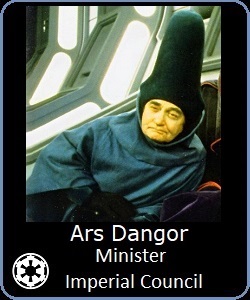
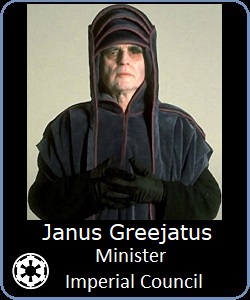



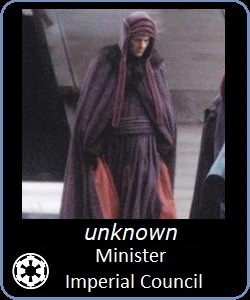
Imperial Senate

The Imperial Senate was the successor to the ancient Galactic Senate, and was the last remaining democratic institution within the highest
levels of Imperial government. Although downgraded from its authority under the Republic, it retained enough of its legislative and oversight
authority to wield significant political power and influence. Each sector's Senate delegate served as the highest official over their regional
bureaucracies, with local planetary governments enjoying a degree of self-administration. The authority of the Emperor's military government,
which also administered these same sectors and galactic regions, severely limited the independent action of most of these Senate-led local
bureaucracies, unless that planet's Senate delegation had considerable political clout. The Galactic Courts were autonomous of the Senate,
but were subordinate to its legislative directives. The Senate's ability to act in opposition to the Emperor was severely constrained, however
it maintained some degree of independent agency during most of Imperial rule due to the necessity of maintaining the appearance of public
participation and democratic redress. The massive sector and planetary bureaucracies were too essential to administration to be replaced in
the early Empire, and thus the Senate served as a minor impediment to the furthering of some of the Emperor's agenda. This was a minor
impediment to the Emperor's plans, as his significant influence over the Senate gave him plenty of control over both the bureaucracies and
the Imperial courts. Nevertheless, the Senate was troublesome enough that the Emperor permanently dissolved the congress in 7977 (0 BBY),
having sufficiently established the apparatus of the Imperial state over two decades to the point in which stability could be maintained without
the pretense of democracy, and once he had deemed his military arsenal complete. Known members of the Imperial Senate in 7959 (18 BBY):

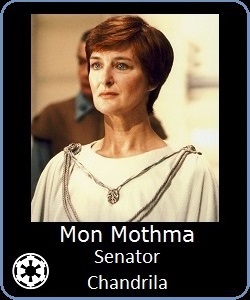





Known members of the Imperial Senate, 7972 (5 BBY) to 7977 (0 BBY):
























Regional Government

The military government was instituted about 3 days before the Republic was declared the Empire, one of the last straws which precipitated
the Jedi Rebellion of 7958 (19 BBY). Military governors of each member world were installed who reported directly to the executive branch,
creating a parallel local government to the Senate-controlled bureaucracy which was not subject to Senate oversight. As soon as the Empire
was declared, the Emperor installed a hierarchy of regional Governors to command these planetary Governors. The Governor of a sector
was known as a Moff, an ancient regal title used by despots ruling over client states to the Old Republic millennia earlier when central
authority had waned. It was revived by the Empire to denote semi-nobility, and to signify the return to the ancient martial culture of the eras
when the Sith had previously been powerful. There were at least 1024 Moffs, one for each oversector. The large regions of the galaxy that
encompass many sectors were governed by Grand Moffs, who answered only to the Emperor and the Imperial Council. There were at least
7 Grand Moffs, one for each of the primary galactic regions, although there may have been more than one for the heavily populated Core
region, and possibly even the Colonies region, meaning at most there were 10 Grand Moffs. These regional governors were given direct
control over their territories in 7977 (0 BBY), ruling them as military despots for the last 5 years of the Empire. Known regional governors:





Starsystems with significant populations within a sector other than the sector capital planet were led by Governors, Viceroys, Regents, or
other subordinate ranks of the military government, which may denote some differing level of authority or relationship to the larger Imperial
government or not. Ministers who served under a governor also carried political authority. Known administrators of the regional government:




Imperial Security Bureau

The Imperial Security Bureau (I.S.B.) was a paramilitary state police and intelligence agency which answered to the Emperor and his Imperial
Council. The ISB acted as the federal police with authority over all Imperial jurisdictions, however their focus was on matters of state security
rather than petty crime, piracy, or organized crime which did not affect the Empire negatively. As the Empire developed, threats to the state
became increasingly driven into hiding, however the scope of crimes considered a threat to state security were gradually increased by law,
keeping the ISB occupied. In the later days of the Empire, the ISB grew increasingly active and aggressive due to the rising unrest in
the galaxy. The ISB was lead by the Central Commander based on Coruscant, who presided over Deputy Commanders and Director-Generals
at the sector level. These agency heads presided over the command staff officers, which were Colonels as the agency was a police force.
Subordinate officers carried military ranks which equivalent to those of non-Navy military branches. These ranks were used to facilitate ISB
operations alongside the Imperial military, although in practice the leader of ISB operations in the field took precedence over military officers
regardless of rank. ISB officers were more commonly addressed by their role based titles within the organization. Known ISB officers:



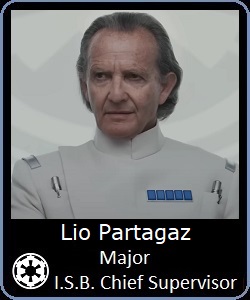
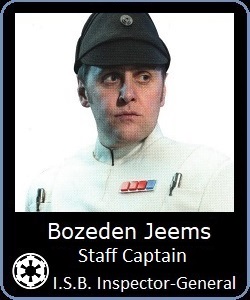
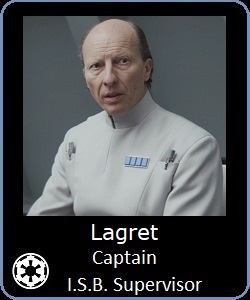
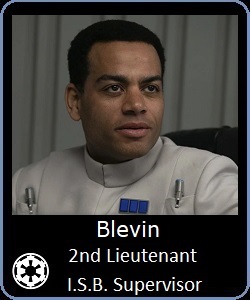
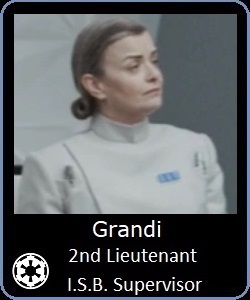









DOMAIN
The Empire directly administered the 24,372 member worlds it inherited from the Republic, along with an unknown number of populated
planets which it occupied or conquered during its reign. Millions more inhabited or habitable planets within Imperial controlled territory
were considered to be under its jurisdiction, although the majority of these had no continual Imperial government or military presence.
The Imperial occupied planets formed the political centers of the sectors which comprised the principle subdivisions of Imperial space.
These were essentially the same 1024 oversectors of the late Republic, with some alterations to their subsectors to accommodate
administrative reorganization. The planet Coruscant was the capital for the 24-year reign of the Empire.
Capital

Known Subject Worlds and Dependencies



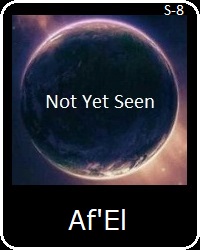



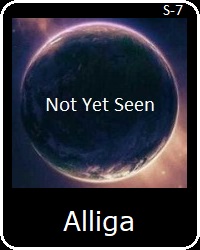






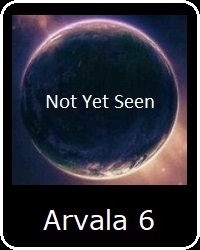






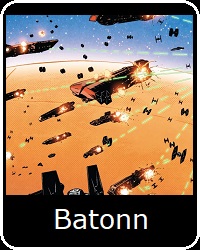
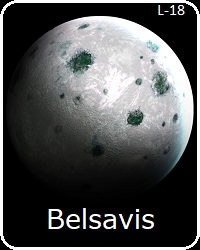

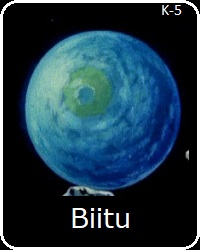


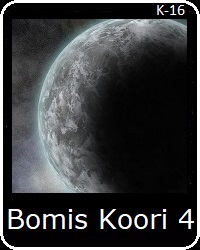
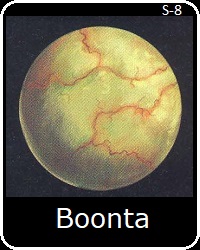
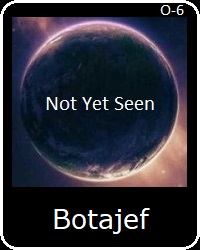






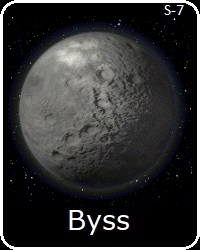
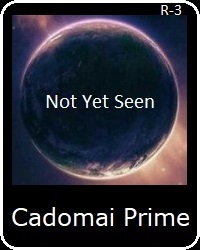








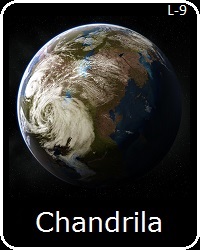

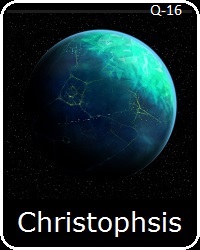



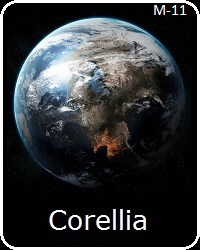



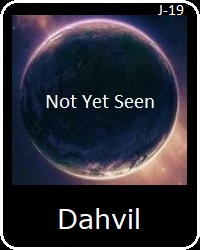


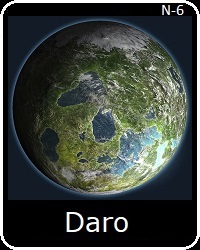



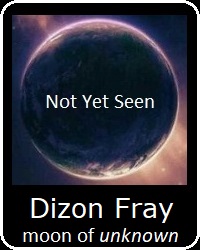





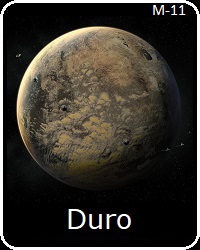
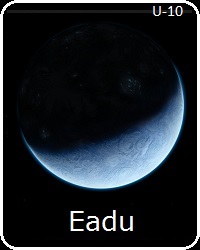

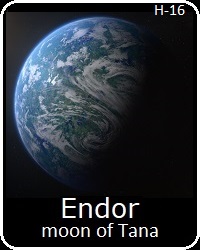
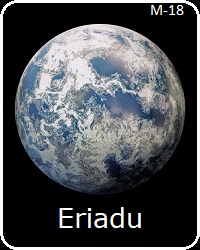





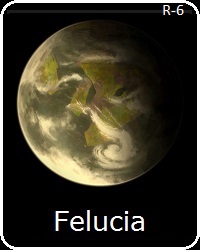

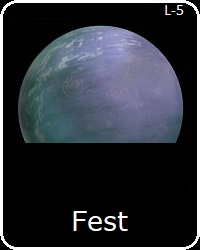




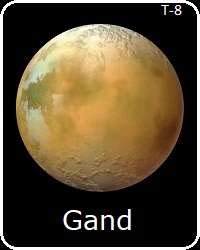

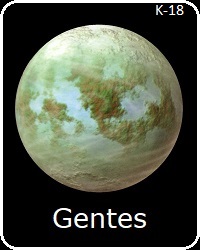
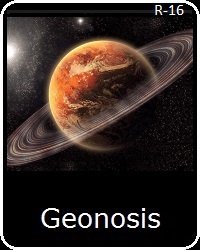






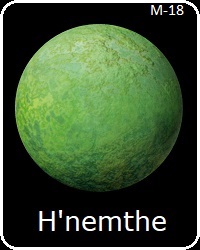

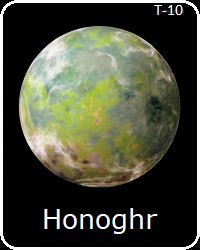



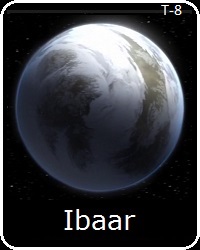
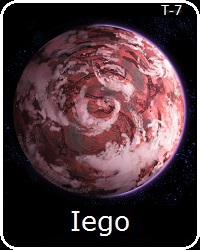





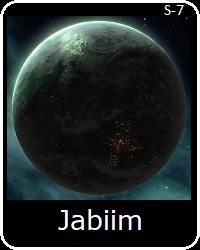

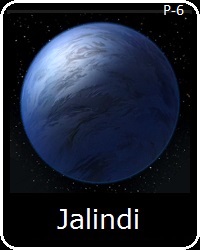


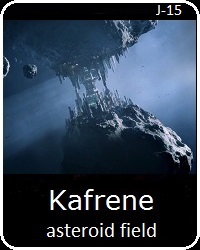

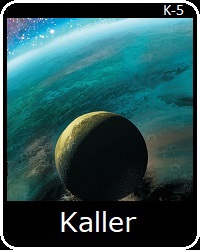
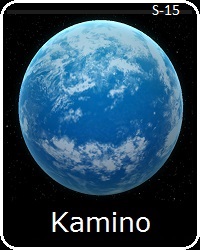
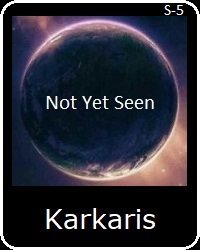


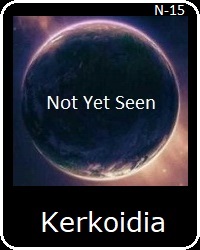
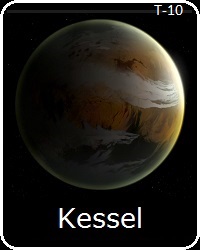
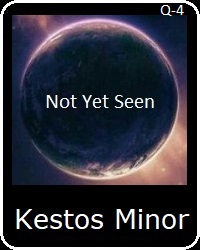


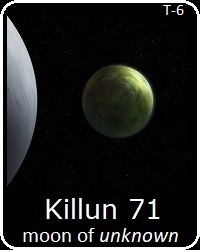
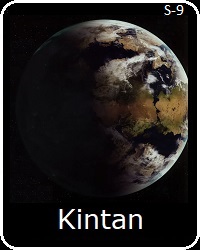


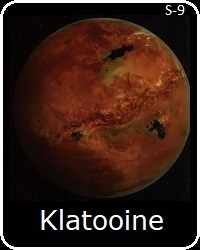

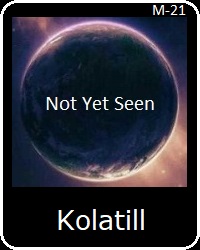


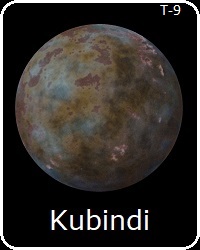







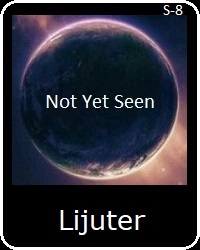

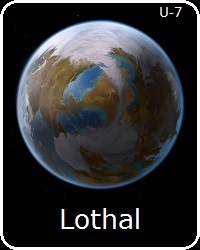

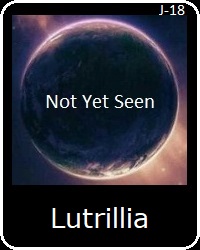
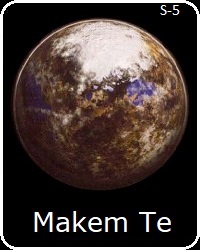





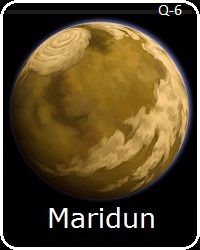



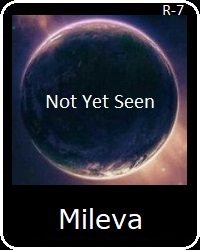
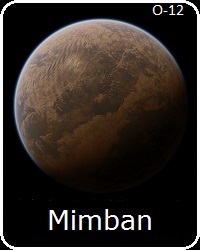

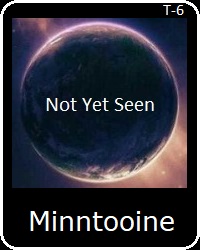

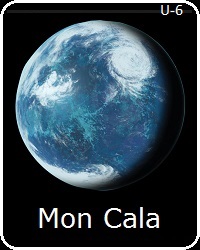





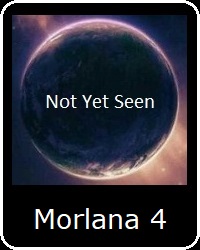




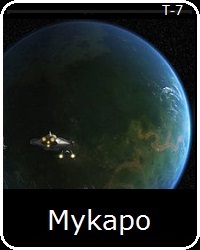
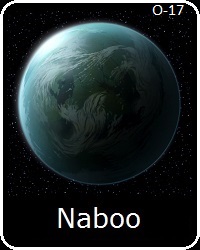


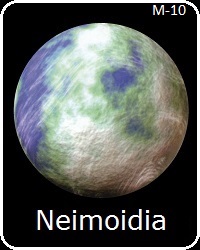


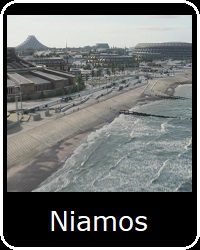




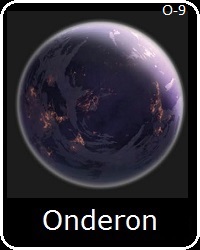
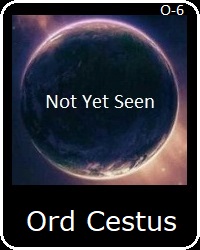
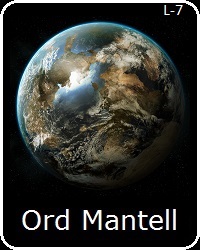
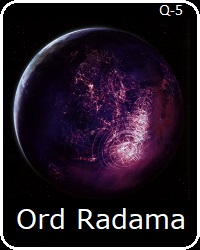




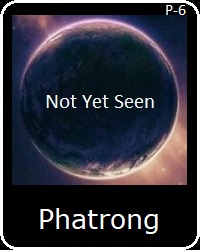
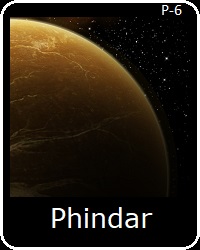








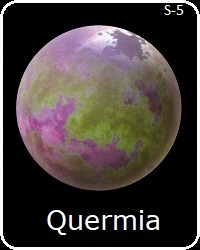
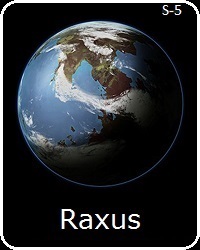
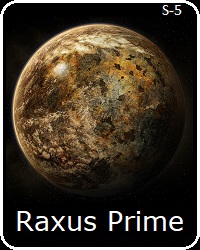




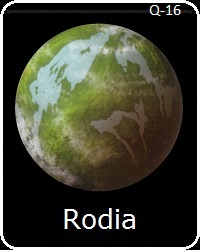
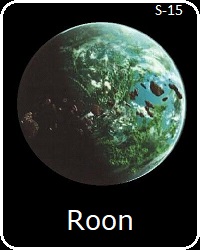

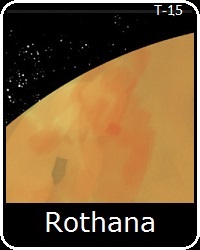

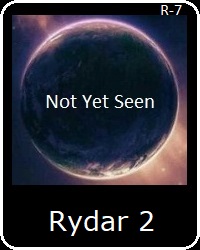


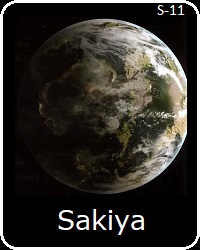







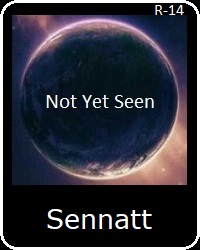
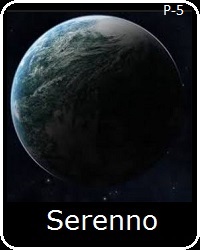




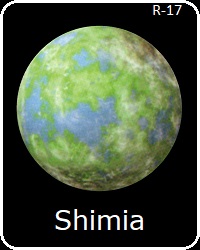

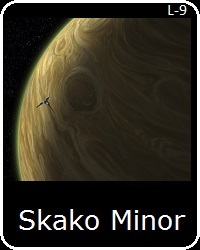
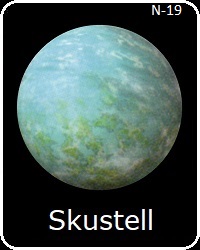
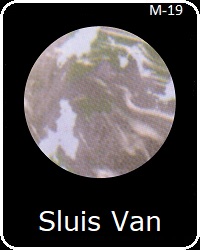


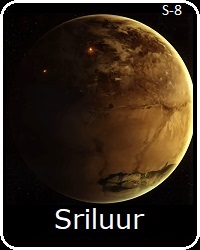



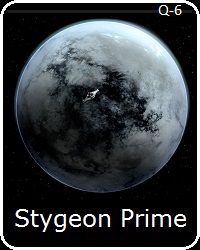

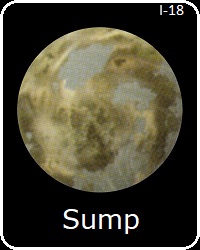
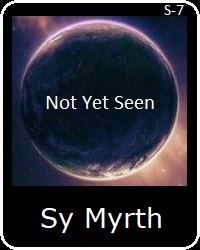













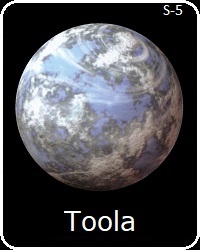



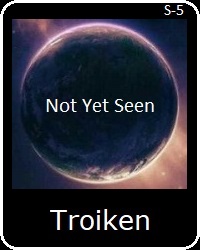
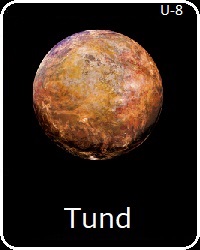



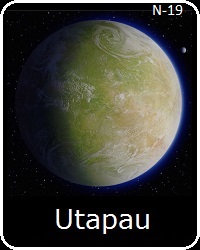


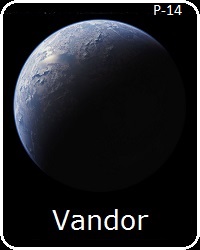

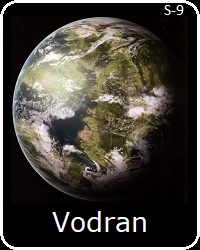


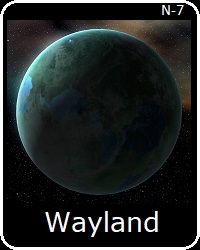


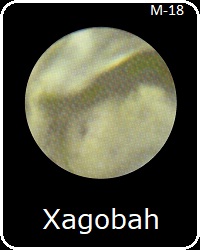


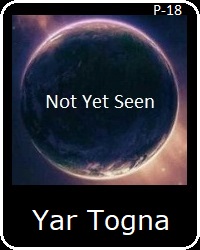
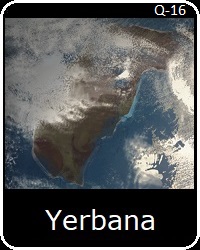

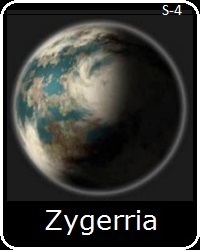

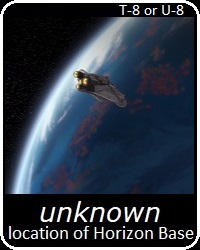

Known Client Worlds and Unadministered Worlds





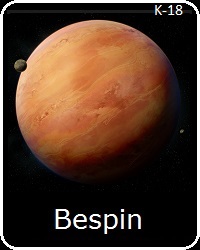
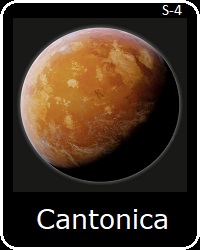

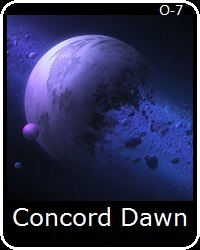
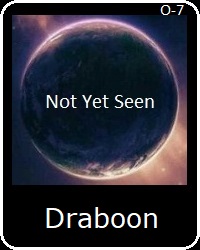
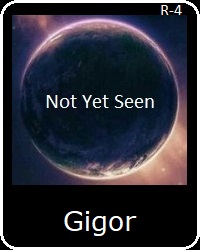


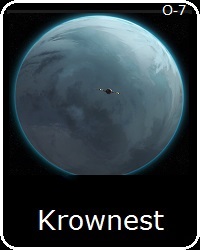
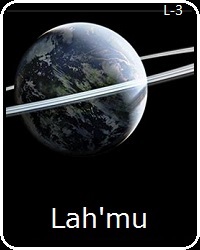
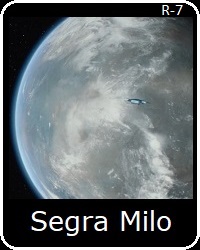
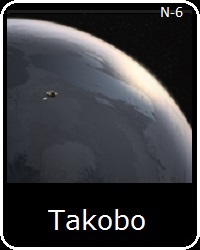
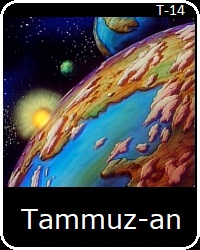


UNDERWORLD
Due to the scale of galactic civilization and the immense population of the galaxy, the Empire had an extensive criminal underworld.
The power of organized crime grew considerably during the Clone Wars, and this trend was welcomed by those who established
the Empire. Organized crime flourished during the early reign of the Empire, particularly in the Rim regions, where criminal mobs
enforced their own despotism saving the Empire the expense and resources needed to do that themselves. In the later Empire,
some of this activity was curbed by expanding Imperial power and resources, especially piracy and self-rule, however the power
of crime syndicates had already corrupted many officials at various levels, affording them a great deal of de facto influence within
the Imperial state itself. The Empire was a time of great impunity and wealth for many of the galaxy's major crime outfits.






The power of the underworld grew most significantly during the decline of the Republic, and began to grow to unprecedented levels
of influence during the Clone Wars. It was at that time that some of these increasingly powerful crime organizations were united into
the Shadow Collective, a crime syndicate that persisted into the Imperial era. Death Watch was destroyed and the Hutt Cartel reestablished
its independence at the end of the Clone Wars. The remaining members were centrally ruled but mutually competitive or even hostile:
